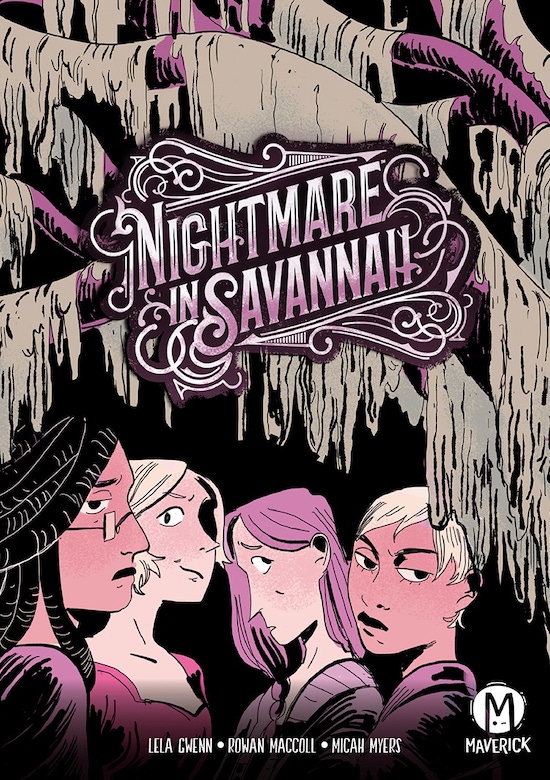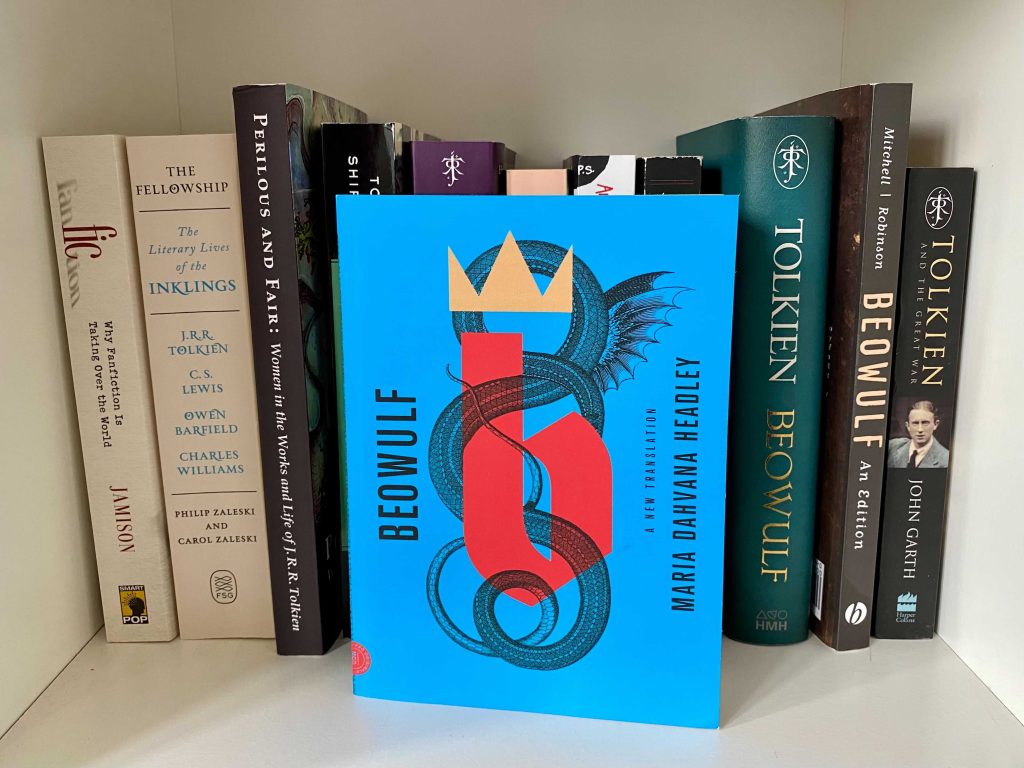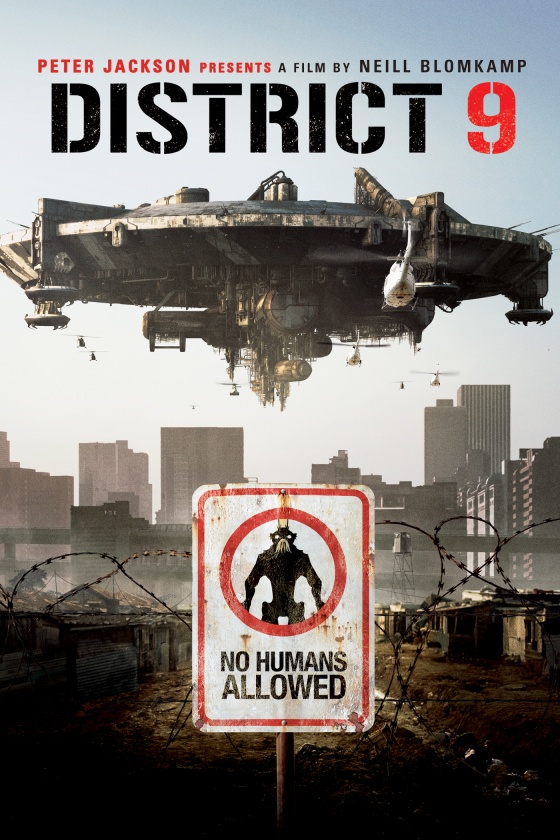Recommendations from the Imaginatlas editorial board. – Recommendations des éditeurs/es d’Imaginatlas.
Nightmare in Savannah
By Magdalena Nitchi

Nightmare in Savannah is a beautifully drawn, surreal graphic novel. I always enjoy stories about faeries, and it was interesting to see Lela Gwenn’s interpretation of the old tropes surrounding such stories.
Alexa Bowman is a strong protagonist, supported by a well-rounded cast. Her struggles to fit in among the school’s group of outcasts and her battle for power with Fae, the leader of that group, increase the story’s intensity. I really enjoyed that three out of the four main characters were queer, as it gives them another reason to gravitate together, and provides a realistic background to the intense bullying they are subject to by the school cheerleaders. My favourite parts of the story were the moments when the characters came out to each other. The scenes felt natural, and I particularly appreciated seeing Alexa’s softer side.
Rowan Maccoll’s hypnotizing illustrations truly breathe life into the story. The heavy purple and black colour scheme conveys a haunting feeling from the first page, while the leaning architecture and twisted trees play up the Southern Gothic feel. The use of bright pink whenever a faerie uses magic and the distorted effects on the edges of the panels add to the eeriness of the story.
Overall, this story was fun, and I finished it in only a few hours. My only complaint is that it was too short: the book is merely 177 pages from cover to cover. While I would have liked to see more interaction between the characters, or a slower dramatic build-up, the wrap-up still felt like the right ending to the story. All the loose ends tie together, and the final few pages are beautifully drawn. This is a good summer read— albeit a short one— especially for those who enjoy fantasy, YA, and girls loving girls.
Headley’s Beowulf
By Catherine Hall

“Bro! Tell me we still know how to speak of kings!”
So begins Maria Dahvana Headley’s unconventional translation of the Old English poem Beowulf. Contemporary internet slang, questions of toxic masculinity, and a female dragon are only some of the surprises that make this translation a must-read for everyone — regardless of whether you are a medievalist or someone who has never even heard of Heorot and the monsters that haunt it.
Headley’s translation is also a distinctly feminist one. From the very first word, “bro,” she calls attention to the disparate portrayals of gender: the poem is about men speaking to other men. As for the few women in the story, Headley makes sure to give them as much power and agency in a world that gives them practically no voice of their own. Even Grendel’s mother, who is often written off as the lesser monster between Grendel and the dragon, becomes a fierce female warrior and ruler.
Although this version can feel more like an adaptation than a strict translation, Headley effectively captures some of the most poetic Old English verses. Nothing compares to reading Beowulf in the original language, with its beautiful alliterations and unique compound expressions such as ‘swan-road’ and ‘sky-candle.’ When I read a translation, I prefer that it remains as close as possible to the original verse, hence why I was surprised by how much I enjoyed Headley’s take on the ancient tale. That was a good Beowulf.
District 9
Par Magdalena Nitchi

District 9 est un film d’action et science-fiction de 2009 qui m’a captivée du début jusqu’à la fin. L’histoire suit un groupe d’extraterrestres échoués sur la Terre. Le film commence juste au moment où les agents du gouvernement obligent les extraterrestres à se réfugier dans un nouveau camp d’internement, à plusieurs centaines de kilomètres de Johannesburg, en Afrique du Sud.. Puisque la population mondiale de réfugiés n’a fait qu’augmenter dans les dernières années, les tensions entre les immigrants et les locaux semblent encore plus réelles.
L’histoire suit Wikus van der Merwe, un agent de haut rang qui est chargé de l’éviction des extraterrestres. Il n’est pas un personnage entièrement sympathique, appelant constamment les extraterrestres « crevettes », une insulte que les humains ont inventée pour se moquer de leurs traits faciaux. Cependant, il a un côté plus sensible. J’ai apprécié que même s’il est le protagoniste d’un film d’action, il n’est évidemment pas l’officier le plus fort ou le plus capable d’expulser les extraterrestres.
La façon dont District 9 incorpore le «found footage» est vraiment fantastique. La majorité du film est réalisée dans un style pseudo-documentaire, et comporte des entrevues avec des membres de la famille de Wikus, ainsi que des experts sur le comportement extraterrestre. Tout au long du film, j’ai observé les divers logos pour essayer de déterminer si les images provenaient d’une caméra de sécurité, des documentaristes, ou si elles étaient simplement créées par les cinéastes pour combler les lacunes.
Bien que j’ai beaucoup apprécié le film, gardez à l’esprit que c’est un film d’action très graphique. Notez qu’il contient des scènes d’auto-mutilation, d’horreur corporelle humaine et extraterrestre, et plusieurs scènes de décès très intenses.
District 9 est disponible sur Netflix, avec le son en anglais et en français, en plus des sous-titres. Si vous ne l’avez pas vu, je vous recommande de le voir. C’est un film merveilleusement réalisé qui, comme toute bonne œuvre de science-fiction, encourage l’empathie et la compréhension de l’autre.
